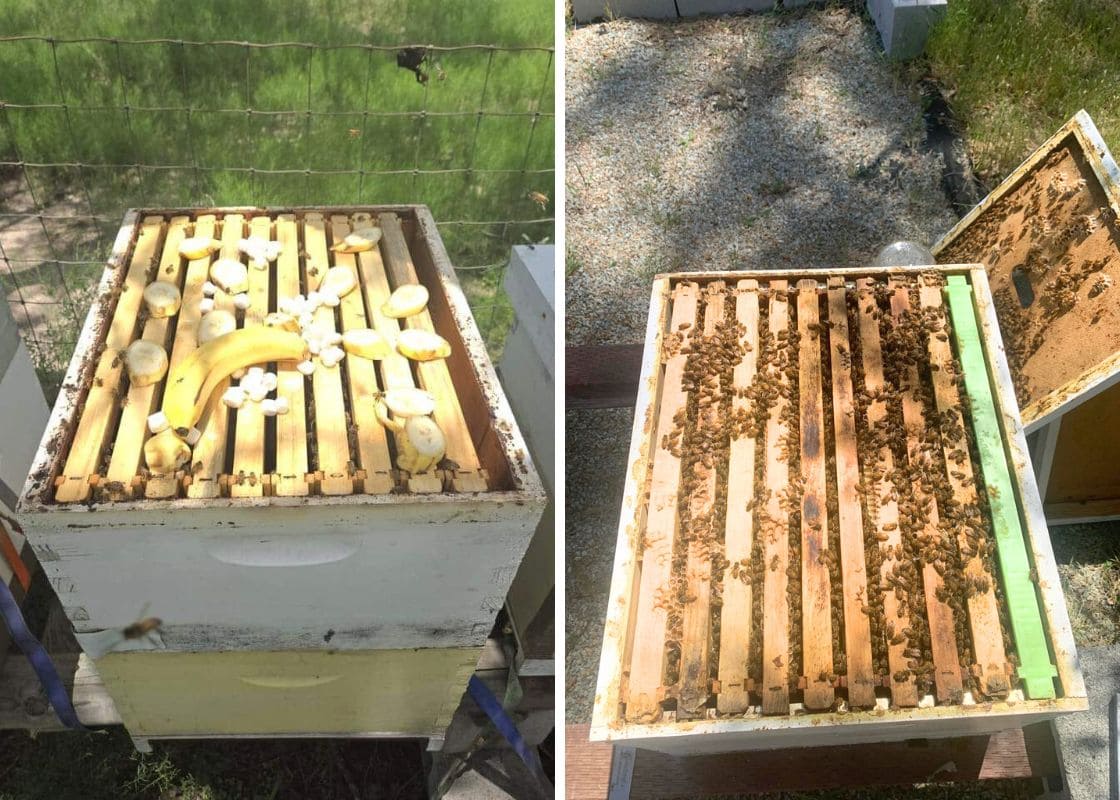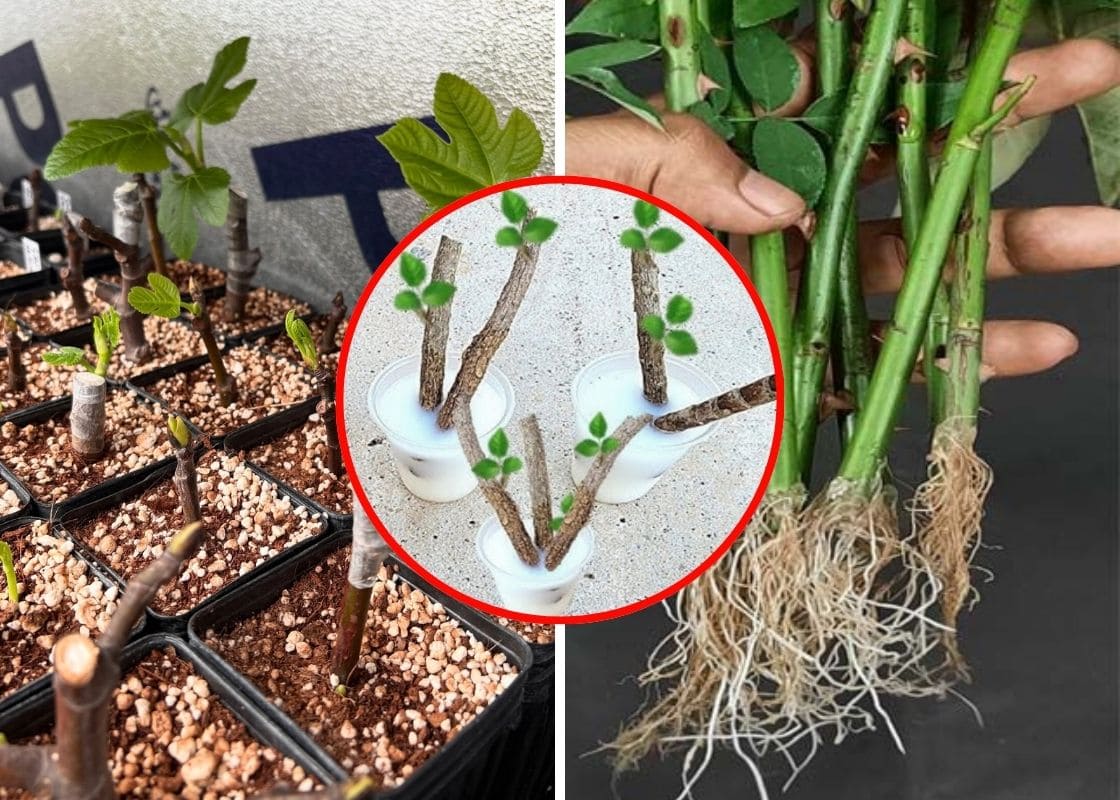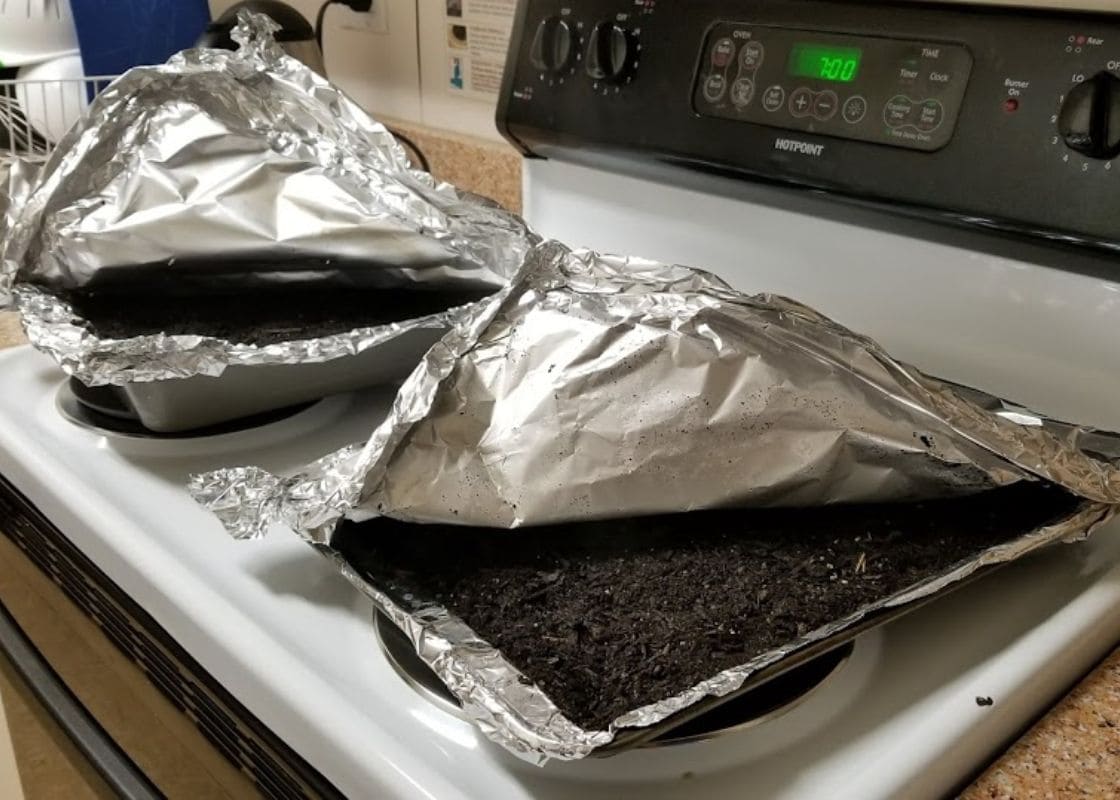Few pests are as persistent or as destructive as the squash bug. You might only see a few at first, but give them time and they’ll wipe out your squash plants with remarkable speed.
They inject a toxin while feeding, causing leaves to wilt, turn brown, and die. The worst part is that they overwinter in your garden and return stronger next year if left alone.
But the good news is that squash bug prevention doesn’t require chemicals or chaos.
With the right approach and consistency, you can protect your garden naturally and still enjoy those glorious summer and fall harvests of squash, zucchini, and pumpkins.
Understanding Squash Bugs
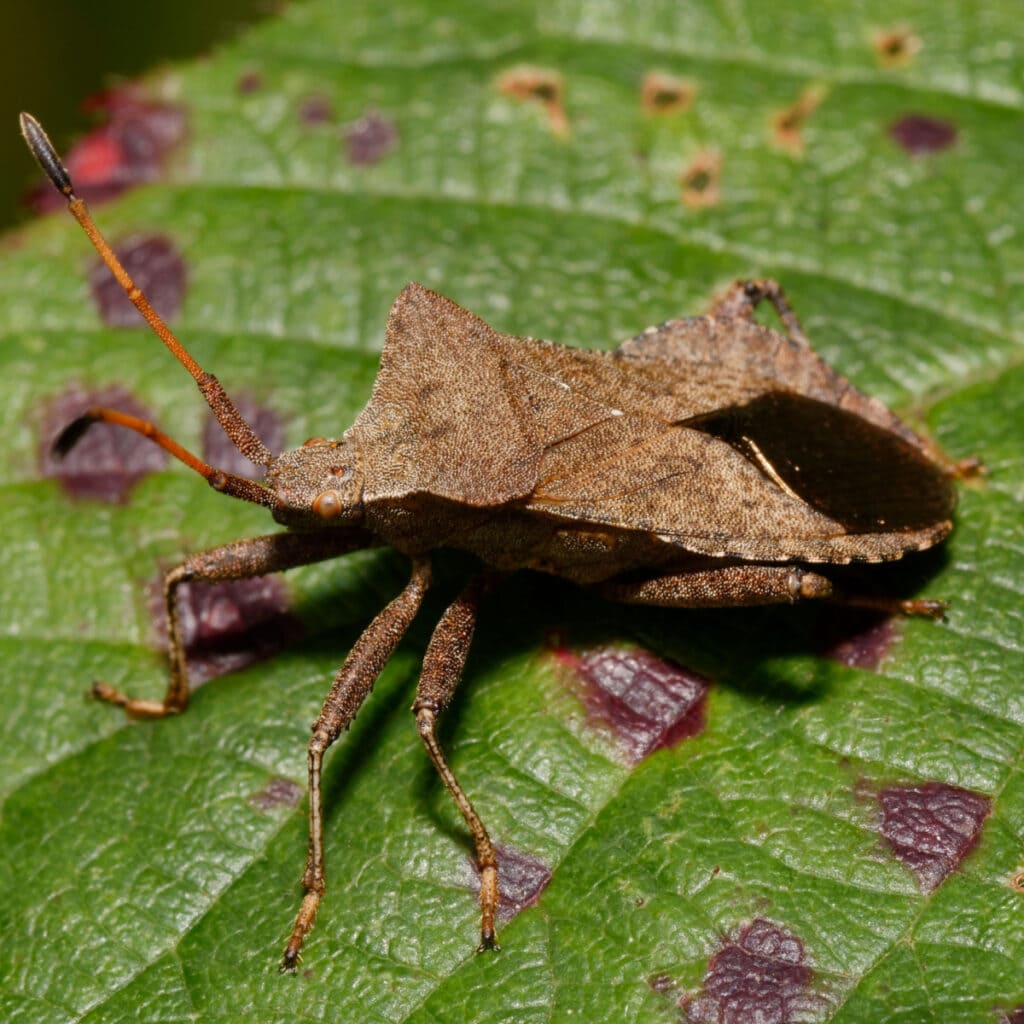
Squash bugs (Anasa tristis) are native to North America and especially love warm, dry climates. Adults are shield-shaped, about ½ to ¾ inch long, and emit a strong odor when crushed. They typically appear in late spring and early summer, just as your squash vines begin to sprawl.
They lay coppery eggs in clusters, typically on the undersides of leaves or stems. These eggs hatch into nymphs within 7-10 days.
Nymphs don’t stay small long; within a few weeks, they’re destructive adults ready to breed again. That’s why catching them early in the season is critical. A single female can lay up to 250 eggs in one season.
They overwinter under dead leaves, mulch, woodpiles, and garden debris. So if you dealt with them once, they’ll probably come back, unless you stop them first.
Clean Up Thoroughly in Fall and Spring for Effective Squash Bug Prevention
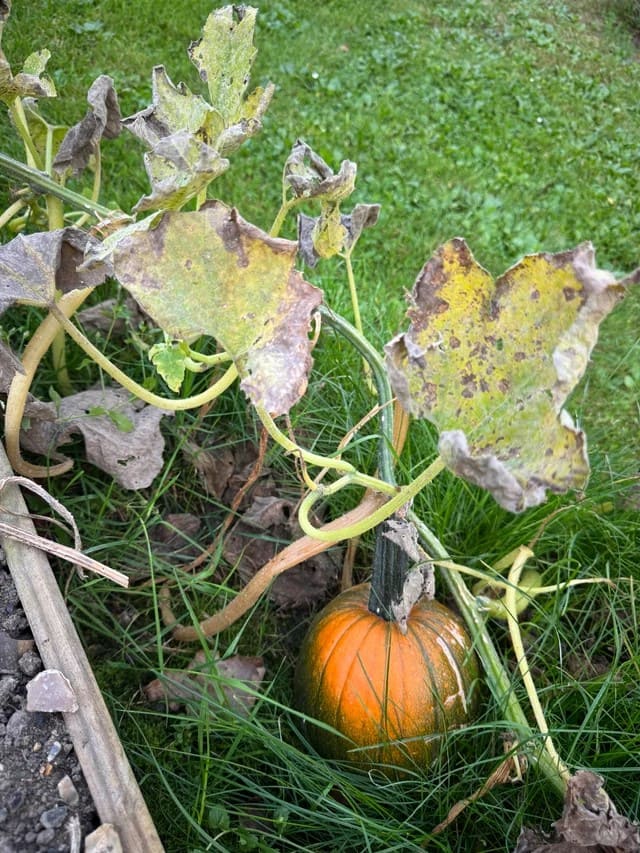
If you only do one thing this season, clean your garden deeply in fall and again in early spring.
Squash bugs are masters of hiding. They tuck themselves under plant debris, inside old mulch, and in cracks of raised beds or wood fencing.
In the fall, after your squash harvest is complete, remove all plant debris including vines, leaves, and fallen fruits. You should burn it or bag it tightly and dispose of it with yard waste.
In early spring, rake out beds, remove old mulch, and inspect the soil surface. This disrupts overwintered adults before they get a chance to lay eggs.
If you have a compost pile nearby, keep it turned and hot as it can become a haven for dormant bugs otherwise.
Use Row Covers to Prevent Squash Bug Infestations Early
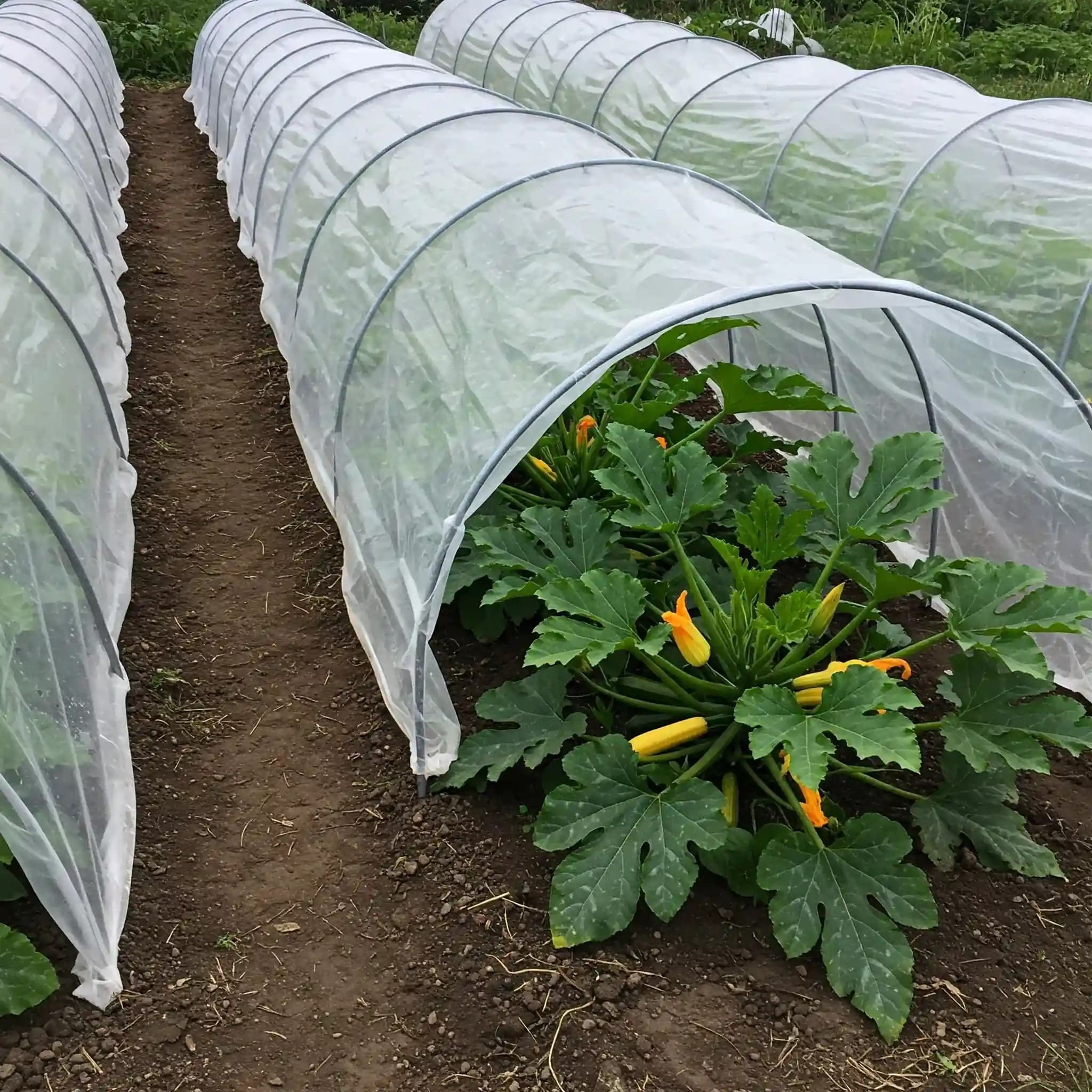
Floating row covers are one of the most underrated tools in squash bug prevention. They’re lightweight fabric sheets that drape over your plants and block pests without harming sunlight or water flow.
The key is timing, you apply row covers right after transplanting or once seedlings have emerged, and secure all edges tightly to prevent bugs from sneaking in.
Leave them in place until the squash flowers bloom. At that point, remove the covers to allow pollinators access or hand-pollinate if you’re managing a small garden.
Bonus, I recommend pairing them with crop rotation; don’t plant squash in the same area each season. This keeps bugs guessing and reduces the chance of reinfestation.
Inspect Leaves Regularly & Remove Eggs for Ongoing Squash Bug Prevention
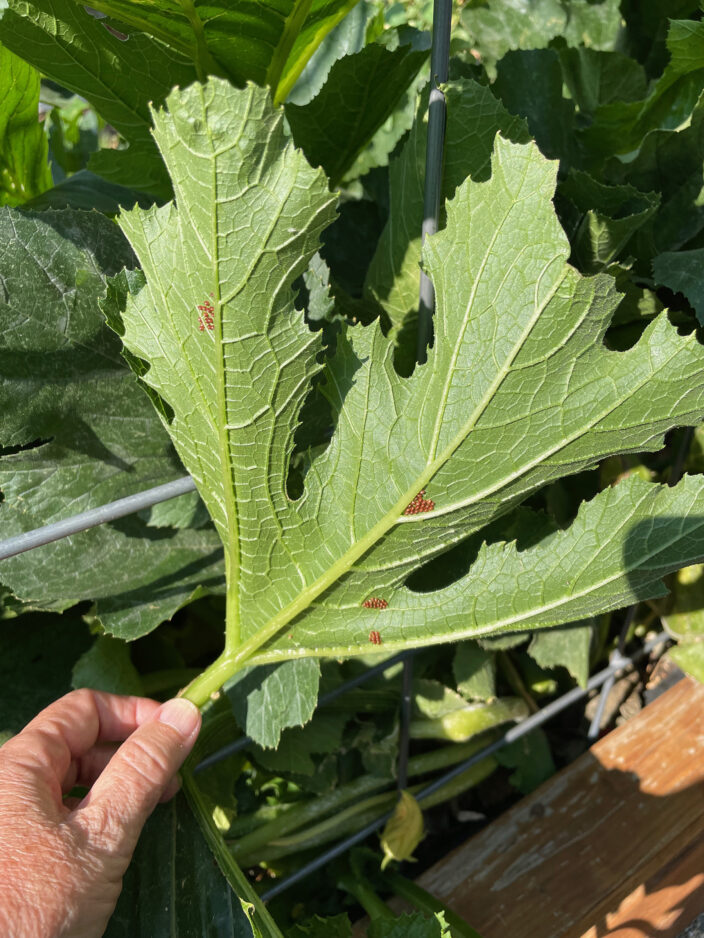
Once a week, walk through your squash patch and flip the leaves, especially near the base of the plant. Look for small copper-brown egg clusters, which are usually laid in neat rows along leaf veins.
If you spot them, gently remove them by scraping with your fingernail, rubbing with duct tape, or clipping the leaf section and discarding it. Some gardeners swear by using a lint roller.
Also, destroy the eggs by squishing or placing them in a jar of soapy water. If you remove eggs before they hatch, you prevent a full generation from ever damaging your plants.
Extra tip:
You can mark plants with frequent egg clusters. Squash bugs tend to return to the same spots, so those plants deserve extra attention.
Set Simple Rustic Traps to Catch Adult Squash Bugs Naturally
Squash bugs are most active early in the morning and during dusk. During hot midday hours, they seek shady shelter and you can use that to your advantage.
Lay flat boards, newspaper, or shingles around your plants in the evening. In the morning, flip them over and destroy any bugs hiding underneath.
Plus, I keep a jar filled with water and a squirt of dish soap beside me and drop the bugs in. It’s surprisingly satisfying and chemical-free.
You can also try beer traps (like with slugs) or place shallow tins filled with soapy water near the base of plants to catch nymphs. These traps won’t catch everything but they keep populations from exploding.
Activate Natural Predators to Support Your Squash Bug Prevention Plan
Beneficial insects like parasitic flies (Trichopoda pennipes), tachinid flies, and ground beetles feed on squash bug eggs or nymphs.
To attract them, you plant nectar-producing flowers like sweet alyssum, dill, calendula, fennel, and yarrow nearby. These provide food and shelter for predators that keep squash bugs in check.

Even backyard chickens and ducks love squash bugs. If you have a small flock, let them patrol your garden between plantings but be cautious during the growing season.
Specially, avoid using broad-spectrum insecticides that can harm your allies. A healthy ecosystem will support you if you give it space to thrive.
Use Organic Sprays on Nymphs Only for Smart Squash Bug Control
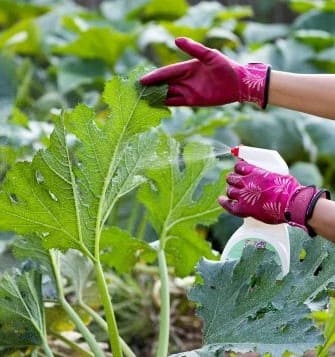
Once squash bug nymphs appear, your window to act narrows. Adults are hard-shelled and resistant to most sprays. But nymphs are soft-bodied and vulnerable in their early stages.
Organic sprays like neem oil or insecticidal soap are most effective when applied directly to nymphs. These solutions work by disrupting the bug’s growth and suffocating soft-bodied insects.
Here is your recipe:
- 1 quart of water
- 1 teaspoon cold-pressed neem oil
- 1/2 teaspoon mild liquid dish soap (like Dr. Bronner’s)
Mix well and pour into a spray bottle. Then shake before each use and spray early morning or late evening, especially under the leaves and near stems.
You should repeat every 5-7 days. Bonus, you need to test on a small part of the plant first, and avoid spraying in the heat of the day to prevent leaf burn.


